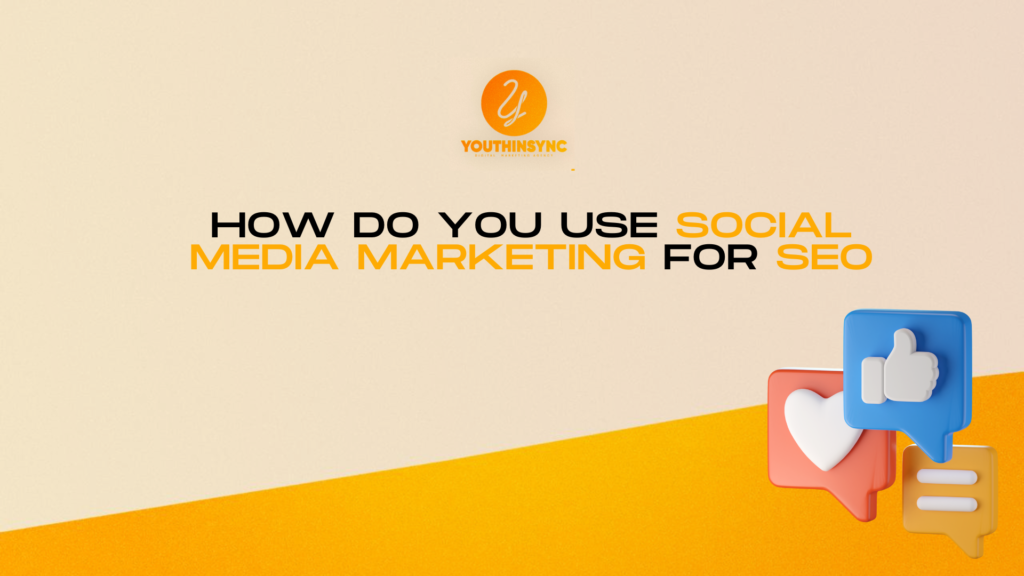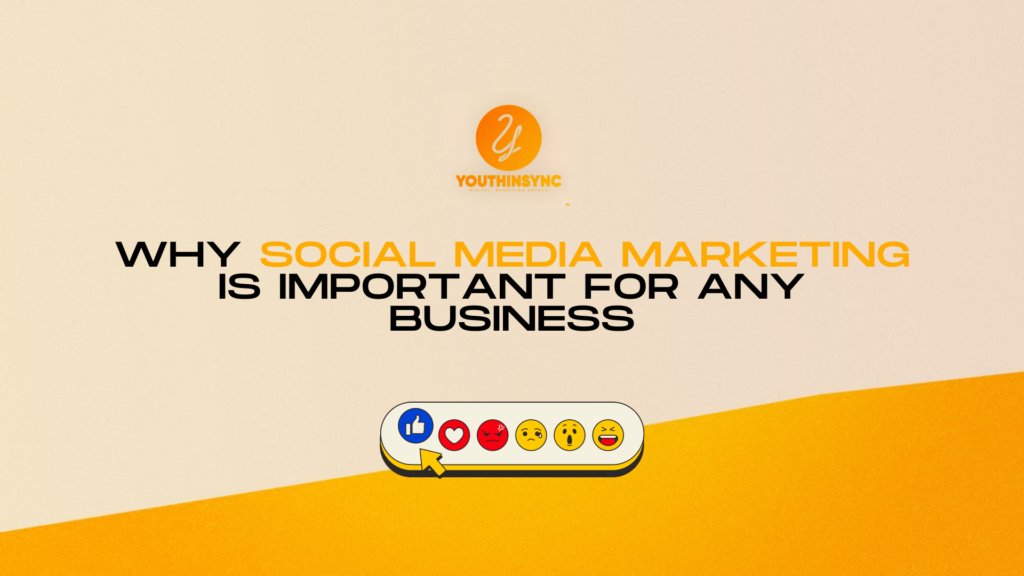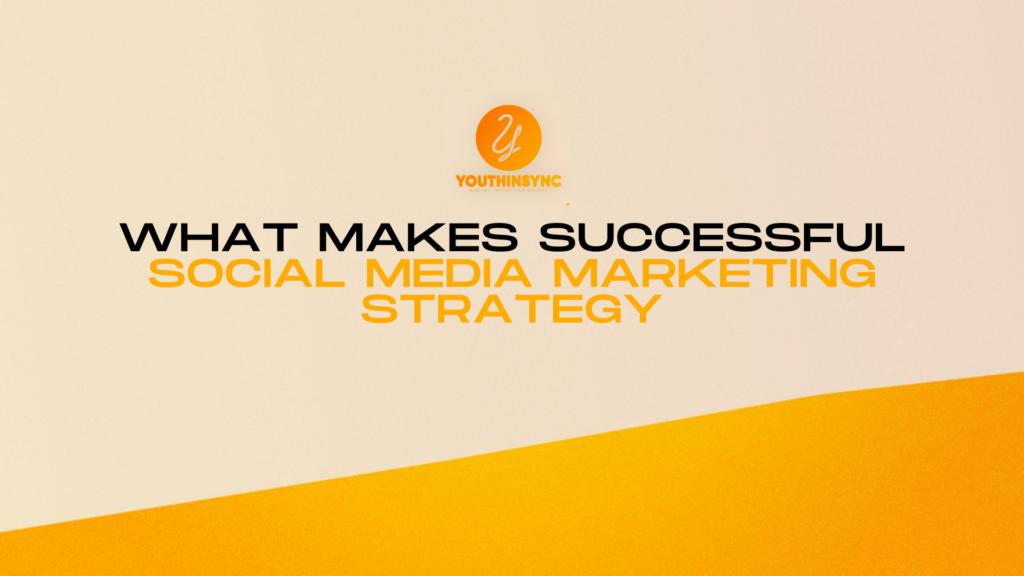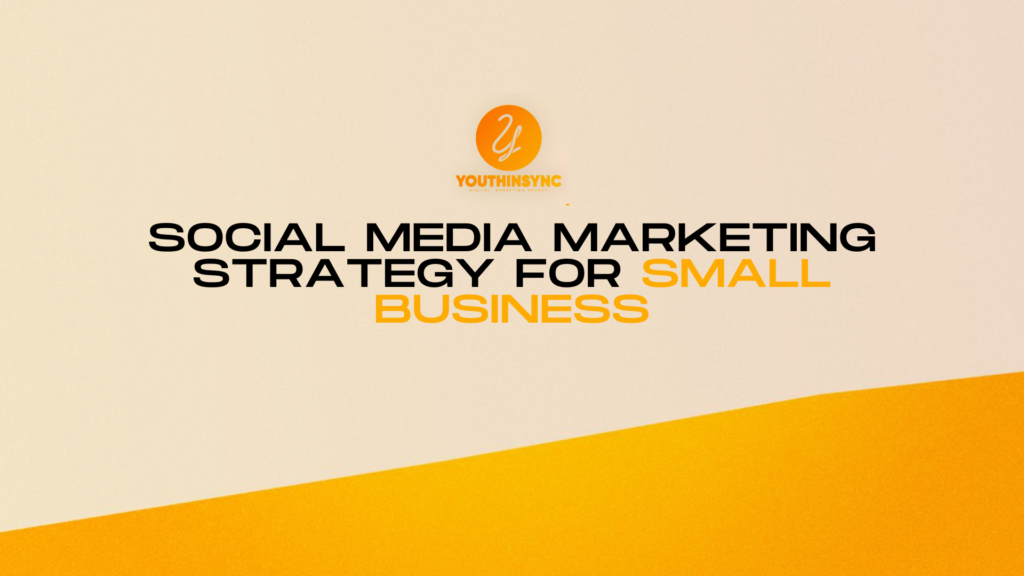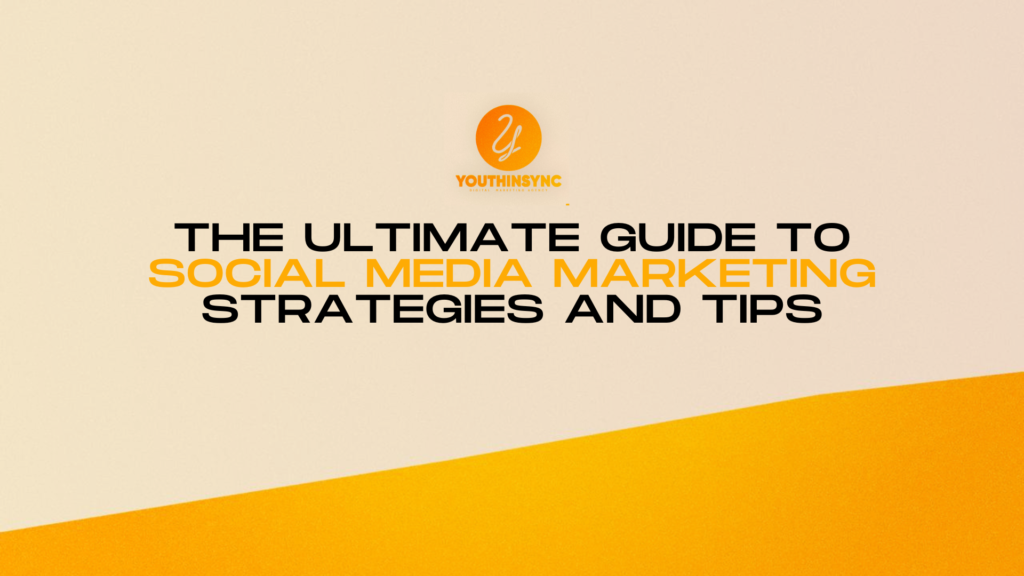How to Use Social Media Marketing to Boost Your SEO: Strategies and Tips
Introduction In today’s digital landscape, social media marketing and SEO (Search Engine Optimization) are two powerful tools that can significantly enhance your online presence. While each strategy is effective on its own, integrating social media marketing with SEO can create a synergistic effect that drives more organic traffic to your website and improves your search engine rankings. In this guide, we’ll explore how to use social media marketing to boost your SEO efforts, focusing on practical strategies and best practices. Understanding the Synergy Between Social Media and SEO How Social Signals Influence SEO Social signals—such as likes, shares, comments, and follows—play a crucial role in SEO. While they are not direct ranking factors for search engines like Google, they can indirectly influence your SEO performance. For instance, when your content is shared widely on social media, it increases visibility and generates more traffic to your website. This increased traffic can lead to higher engagement metrics, such as longer dwell times and lower bounce rates, which search engines consider when determining rankings. The Role of Social Media in Driving Organic Traffic Social media platforms serve as a valuable distribution channel for your content. By sharing your blog posts, articles, and other content on social media, you can reach a broader audience and drive more traffic to your website. Moreover, social media interactions can help you understand what type of content resonates with your audience, allowing you to refine your SEO strategy accordingly. Building an Effective Social Media Strategy for SEO Identifying Your Target Audience The first step in building a social media strategy that supports SEO is to identify your target audience. Understanding who your audience is, their preferences, and their online behavior will help you create content that appeals to them and encourages engagement. Use social media analytics tools to gather data on your audience demographics and interests. Choosing the Right Social Media Platforms Not all social media platforms are created equal. Depending on your industry and target audience, some platforms may be more effective than others. For example, LinkedIn is ideal for B2B businesses, while Instagram and TikTok are great for visual and lifestyle content. Choose platforms that align with your audience and content strategy to maximize the impact on your SEO efforts. Crafting High-Quality, Shareable Content Creating high-quality content is essential for both social media marketing and SEO. Your content should be informative, engaging, and relevant to your audience. Incorporate visual elements, such as images and videos, to make your content more appealing and shareable. Additionally, ensure that your content includes relevant keywords to enhance its SEO value. Optimizing Social Media Profiles Importance of Complete and Optimized Profiles An optimized social media profile can improve your visibility and credibility. Ensure that all your profiles are complete with up-to-date information, including your business name, description, website link, and contact details. A well-optimized profile helps search engines understand your business and improves your chances of appearing in relevant search results. How to Use Keywords in Social Media Profiles Incorporate relevant keywords into your social media profiles to enhance their SEO value. Use keywords naturally in your profile descriptions, bios, and posts to help search engines understand the context of your content. Avoid keyword stuffing, as it can lead to penalties and negatively impact your rankings. Linking Back to Your Website Include links to your website in your social media profiles to drive traffic and improve your SEO. Make sure the links are easily accessible and prominently placed. Additionally, encourage your followers to visit your website by sharing valuable content and offering incentives. Leveraging Social Media for Content Promotion Sharing Blog Posts and Website Content on Social Media Promote your blog posts and website content on social media to increase visibility and drive traffic. Use engaging headlines and compelling visuals to capture your audience’s attention. Consider creating teaser content or snippets to entice users to click through to your website. Using Social Media to Promote Other Types of Content Social media is not limited to blog posts. Promote various types of content, such as videos, infographics, and case studies, to reach different segments of your audience. Each content type has its unique benefits and can contribute to your overall SEO strategy. Engaging with Your Audience to Boost Content Reach Engagement is key to maximizing the reach of your content. Respond to comments, participate in discussions, and interact with your followers to build relationships and encourage shares. Engaged users are more likely to share your content, leading to increased traffic and improved SEO performance. Building Backlinks Through Social Media How Social Media Can Help in Acquiring Backlinks Social media can be a valuable tool for acquiring backlinks. When your content is shared and mentioned by influencers, industry leaders, and other authoritative sources, it can lead to valuable backlinks. Encourage others to share your content and collaborate with influencers to boost your backlink profile. Strategies for Earning High-Quality Backlinks Focus on creating high-quality content that provides value to your audience. Reach out to relevant websites and blogs to promote your content and request backlinks. Consider guest posting on reputable sites to establish authority and gain valuable links. Building relationships with influencers and industry experts can also lead to valuable backlinks. Monitoring and Measuring the Impact Tools and Metrics for Tracking Social Media Impact on SEO To measure the impact of your social media efforts on SEO, use tools such as Google Analytics, social media analytics platforms, and SEO tracking tools. Monitor metrics such as website traffic, engagement rates, and keyword rankings to assess the effectiveness of your strategy. Analyzing Data to Refine Strategies Regularly analyze your data to identify trends, strengths, and areas for improvement. Use insights from your analytics to refine your social media and SEO strategies. Adjust your content, posting schedule, and engagement tactics based on the data to enhance your results. Case Studies and Examples Real-World Examples of Successful Social Media and SEO Integration Examining case studies of businesses that successfully integrated social media with SEO can provide valuable
How to Use Social Media Marketing to Boost Your SEO: Strategies and Tips Read More »

